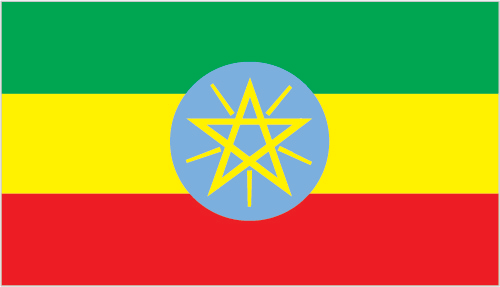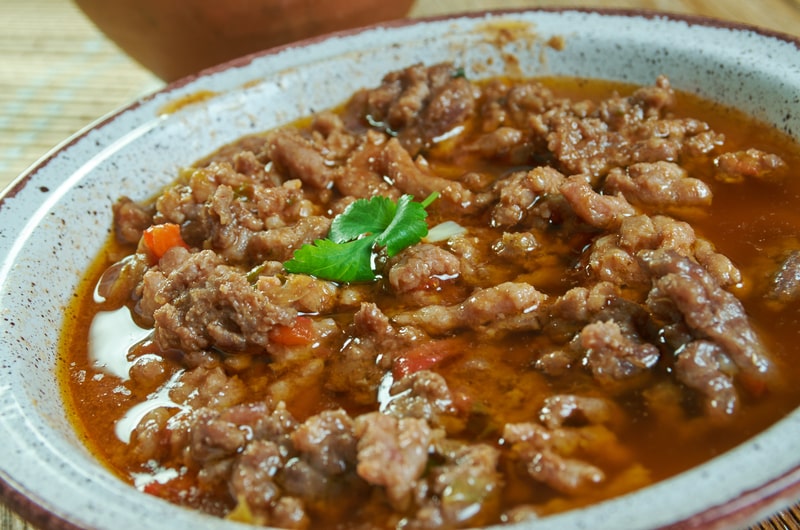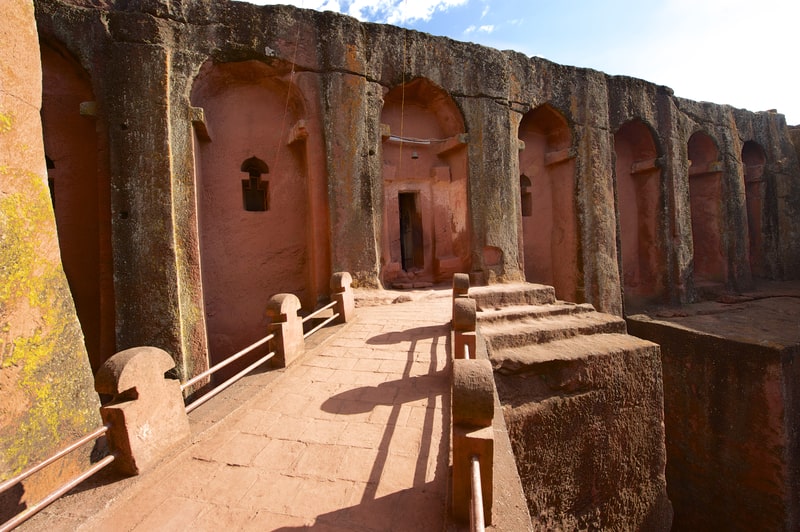Last updated on March 26th, 2022
Ethiopia, officially the Federal Democratic Republic of Ethiopia, is a landlocked country in the north-eastern part of Africa, popularly known as the Horn of Africa. It has an area of 1,104,300 square km. Addis Ababa is its capital and largest city. Amharic is its official language. Birr (ETB) is its official currency. The inhabitants or natives of this region are called Ethiopians. Its six land bordering countries are Eritrea, Djibouti, Somalia, Sudan, South Sudan, and Kenya. It’s the second-most crowded nation in Africa. With 59 interesting facts about Ethiopia, let’s learn more about this fascinating country!
Facts about Ethiopian history, culture, and geography
1. The name “Ethiopia” originates from the Greek words aitho (I burn) and ops (face), which together signify “scorched faces.”
2. Ethiopia is the main nation within Africa that was never formally colonized; in any case, it needed to overcome Italian forces twice to stay free.
3. Ethiopia is among the oldest countries on the planet, having been established in 980 B.C.
4. It is illegal in Ethiopia for a boy or a girl to get married before the age of 18. However, this rule is seldom enforced.
5. In Ethiopia, two out of every five girls are married before their 18th birthday, and nearly one out of five girls marries before the age of 15.
6. In addition, 80% of Ethiopian women have experienced female genital mutilation/cutting.
7. The soonest occasion of human precursors utilizing instruments has been followed to Ethiopia.
8. Some of the traditional social orders in Ethiopia see having twins as “mingi,” or an indication of misfortune. They believe that twins might be reviled, or welcome insidious spirits.
Map of Ethiopia
9. New year: Ethiopians celebrate their new year on September 11. They call it Enkutatash.
10. It is the only country in the world to have 13 months in a year. Interesting or weird?
11. It is also home to a population that speaks more than 80 different languages.
12. Ethiopia and Russia are the two countries in the world to have never been occupied.
13. The oldest fossil skeleton of a human was found in Ethiopia. It is over three million years old.
14. It is also the tenth-largest country in Africa.
15. Children in Ethiopia take their father’s first name as their last name. They (parents and children) do not share their last name.
16. In Ethiopia, it is considered impolite to refuse a cup of coffee.
17. On your visit to Ethiopia, you can also experience the great taste of their homemade wine made from honey and a shrub – gesho.
18. Coffee was accidentally discovered in Ethiopia when a goat herder found his flock running restlessly after eating the coffee plant.
19. The Great Rift Valley slices through Ethiopia from the upper-eastern portion of the nation to the south, and is the main physical element of Africa that is unmistakable from space.
20. Donkeys and camels were initially trained in Ethiopia.
21. Ethiopia Obelisk: At 75-feet (23 m) high, the Aksum Obelisk has windows and entryways, and could be viewed as the world’s first high rise.
22. Aksum, in Ethiopia, is well known as a petitioner to the last resting place of Ark of the Covenant, the mid-section containing the 10 instructions God provided for Moses, and the standing pillar, which is 75 feet (23 m) high.
Flag of Ethiopia

23. Ethiopian distance runner Abebe Bikila won the gold medal in the Olympic Marathon in 1960, running the race barefoot. He won the race again in Tokyo four years later, becoming the only individual to win the race twice, setting a world record.
Related: learn some facts about Zimbabwe
Facts about Ethiopia’s religion, food, and civilization

24. Food: Ethiopia’s national dish is called “wat.” Ethiopians like to eat this fiery stew with injera, a level, light bread. Suppers are delighted in by detaching a bit of injera and utilizing it to gather up a bit of wat. Wat can be made with chicken (doro wat), meat (sega wat), sheep, vegetables and prepared with berbere, a blend of flavors, and niter kibbeh, a cleared-up spread. It might likewise be finished off with hard boiled eggs!

25. Religion – Ethiopia is home to the well-known sacred city of Lalibela. About the greater part of the city’s occupants are of Ethiopian Orthodox confidence, and its populace tops amid times of religious journey. On account of its notorious solid holy places cut into shape, Lalibela is a UNESCO World Heritage site.
26. Tourism – Lalibela isn’t the only “must-see” destination in Ethiopia! Actually, the nation has earned the distinction of being one of the countries with the greatest number of UNESCO World Heritage Sites on the planet – nine altogether. A hefty portion of these destinations are home to mosques, antiquated ruins and stunning scenes. Here is the list:
- Aksum (1980)
- Fasil Ghebbi, Gondar Region (1979)
- Harar Jugol, the Fortified Historic Town (2006)
- Konso Cultural Landscape (2011)
- Lower Valley of the Awash (1980)
- Lower Valley of the Omo (1980)
- Rock-Hewn Churches, Lalibela (1978)
- Tiya (1980)
- Simien National Park (1978)
27. Language – There are upwards of 84 dialects spoken in Ethiopia! Despite the fact that the official dialect is Amharic, numerous Ethiopians talk a neighborhood dialect.
28. Ethiopia is also thought to be the world’s first Christian state.
29. Italy was defeated twice when it attempted to invade Ethiopia.
30. Apart from Arabs, Ethiopians are the only people to have indigenously written alphabets.
. . . continue reading on the next page.
